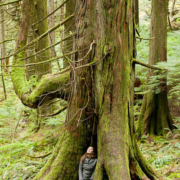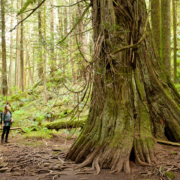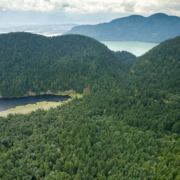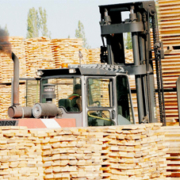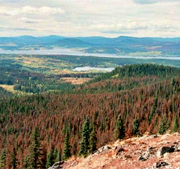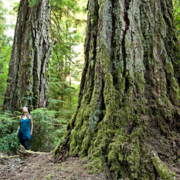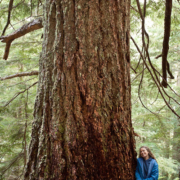Group aims to protect eagles’ night roost
Link to Globe and Mail online article
A small grove of timber in the Fraser Valley used as a night roost by flocks of eagles has long been a secret known only to a few people in British Columbia.
But now an environmental group, the Ancient Forest Alliance, and a landowner who has property adjacent to the roosting trees are working together to publicize the area, in the hopes of saving it from logging.
“I would say between 25 and 50 hectares has to be protected – which is not a huge amount to save what is a natural wonder of the world,” said Stephen Ben-Oliel, who first learned of the eagle roost when he bought land at Echo Lake 17 years ago.
In the late fall, thousands of eagles gather along the nearby Harrison and Chehalis rivers to feast on spawning salmon, a major ecotourism draw and focus of the annual Fraser Valley Bald Eagle Festival, which this year is held Nov. 17 and 18.
But while boat and hiking tours have long allowed people to see the eagles feeding along the rivers, few knew where the birds went when darkness fell.
Mr. Ben-Oliel says they come by the hundreds, just at dusk, to settle in the big trees cupped in the small valley that holds Echo Lake, east of Mission.
“They are like a secret and that little valley is like a secret,” he said. “People living in the Fraser Valley often don’t know there’s a lake there because it’s surrounded by mountains. It’s a hidden valley, with this secret of the eagles.”
Mr. Ben-Oliel said a Ministry of Forests land use plan under study for the Fraser Valley sets aside part of the old-growth timber around Echo Lake, but would allow a swath of trees that the eagles perch in at night to be logged.
“The outside of this valley has all been hammered by logging. Why not save this little place.…Why not leave this as the place they sleep?” he asked.
Mr. Ben-Oliel said the birds don’t come in large numbers every year, but when they do it is a major wildlife event.
“Some years it’s like you are in the middle of a National Geographic shot and then, for reasons I don’t understand, in other years there aren’t many,” he said. “They come in singly just at dusk, from the end of November through December and into January. There are certain points, about an hour before the sun sets, when the sky is not empty of them. Sometimes they are circling one of the two small mountains, in groups of 15 to 20, but then they start to stack up in the trees. It’s not something that is easily photographed because it’s twilight, but you see their white heads sticking up like golf balls around the lake.”
Ken Wu, executive director of the Ancient Forest Alliance, said the provincial land use plan sets aside trees on one shore of Echo Lake, but not the other. “It all needs to be saved,” he said, arguing the government needs to double its plan to save 45 hectares.
Mr. Wu said his organization, which searches for the last remaining patches of old growth around the province, then lobbies to save them, became aware of Echo Lake in 2007, when the area was first slated for logging.
Protests at that time persuaded the government to hold off, he said, but now a detailed land use plan for the Fraser Valley is being finalized, which would allow a portion of the Echo Lake timber to be cut. Mr. Wu said he has been unable to find any comparable old growth anywhere in the Lower Mainland. The trees are 300 to 600 years old.
“I mean, it is exceedingly scarce. It’s like coming across a Sasquatch these days, to find valley bottom, low elevation old growth in the Lower Mainland.”
In an e-mail, Vivian Thomas, a spokeswoman for the Ministry of Forests, said the government is now accepting public comment on Fraser Valley land use plans, and concerns about Echo Lake will be considered in that process. She also said the government is looking at a proposal to designate 1,500 hectares in the Harrison and Chehalis area for wildlife management, which could protect winter feeding areas for eagles.

